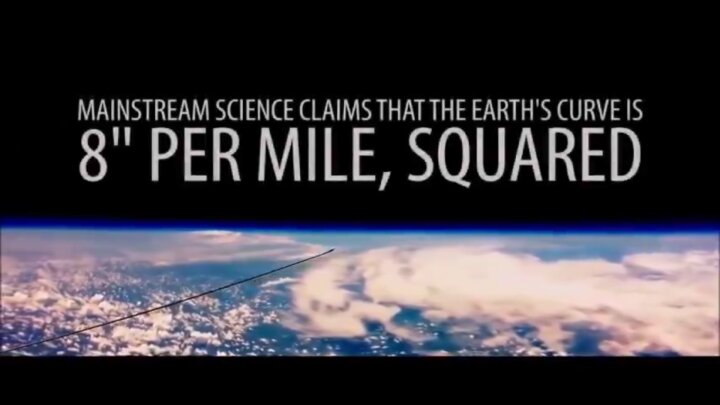@
calicuz Take the Round Earth, flaten it out, multiply by 10, 15 or even 20 times and what do you mathematical equations tell you?
Are you talking about a circular disk shape object? Sort of a flattened sphere? Maybe 10 or 20 times the mass of the Earth?
For such an object, the force of gravity would be directly towards the center of the object. So, near the center, gravity would be "downwards" and the ground there would feel level. The farther you move towards the edge of the disk, the more "centerwards" gravity would pull. Thus, at a point well off-center, towards the center would feel strongly downhill, and farther from center would feel strongly uphill.
Thus, any liquid on the thin disk or flattened sphere would flow strongly to the center. And any loose material, rocks, dirt, etc. would be pulled "downhill" towards the center. All this material would build up near the center and form a rough spherical zone at the center. And this buildup near the center would exert stronger gravity towards the center.
Over eons of time, even solid rock slowly flows and deforms. The relentless gravity towards the center would slowly deform the bedrock to flow towards the center. Over eons of time, it would reform itself into a sphere, with the heaviest (densest) material at the center of the sphere, and less dense material at the crust.
These are the forces that have shaped every planet and moon in the solar system to be roughly spherical.
Another way to look at it is this: given a random collection of many many lumps of mass moving at small random velocities, the lowest energy configuration of that collection of lumps is a sphere with the densest lumps at the center.
Layers of rock deformed over eons

















